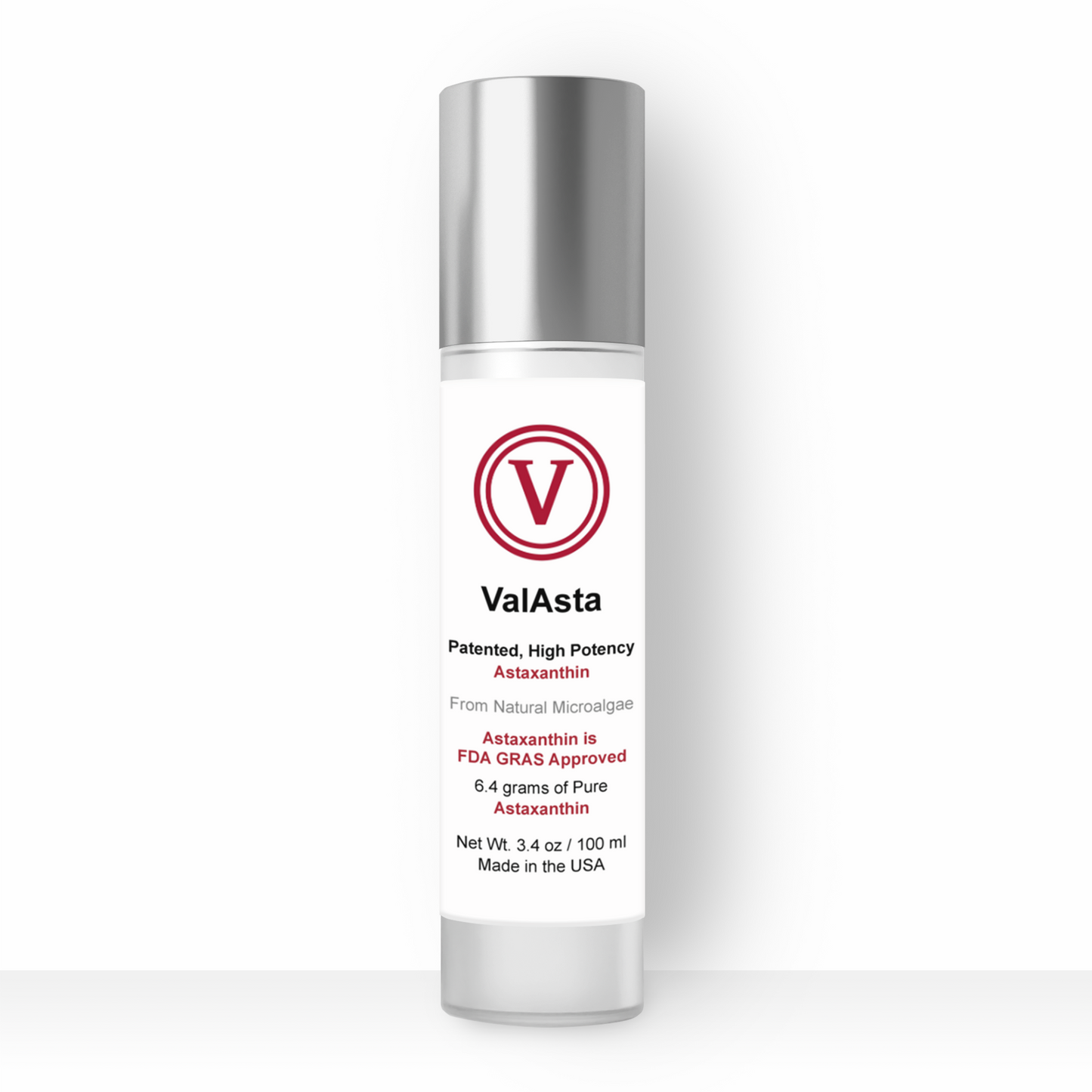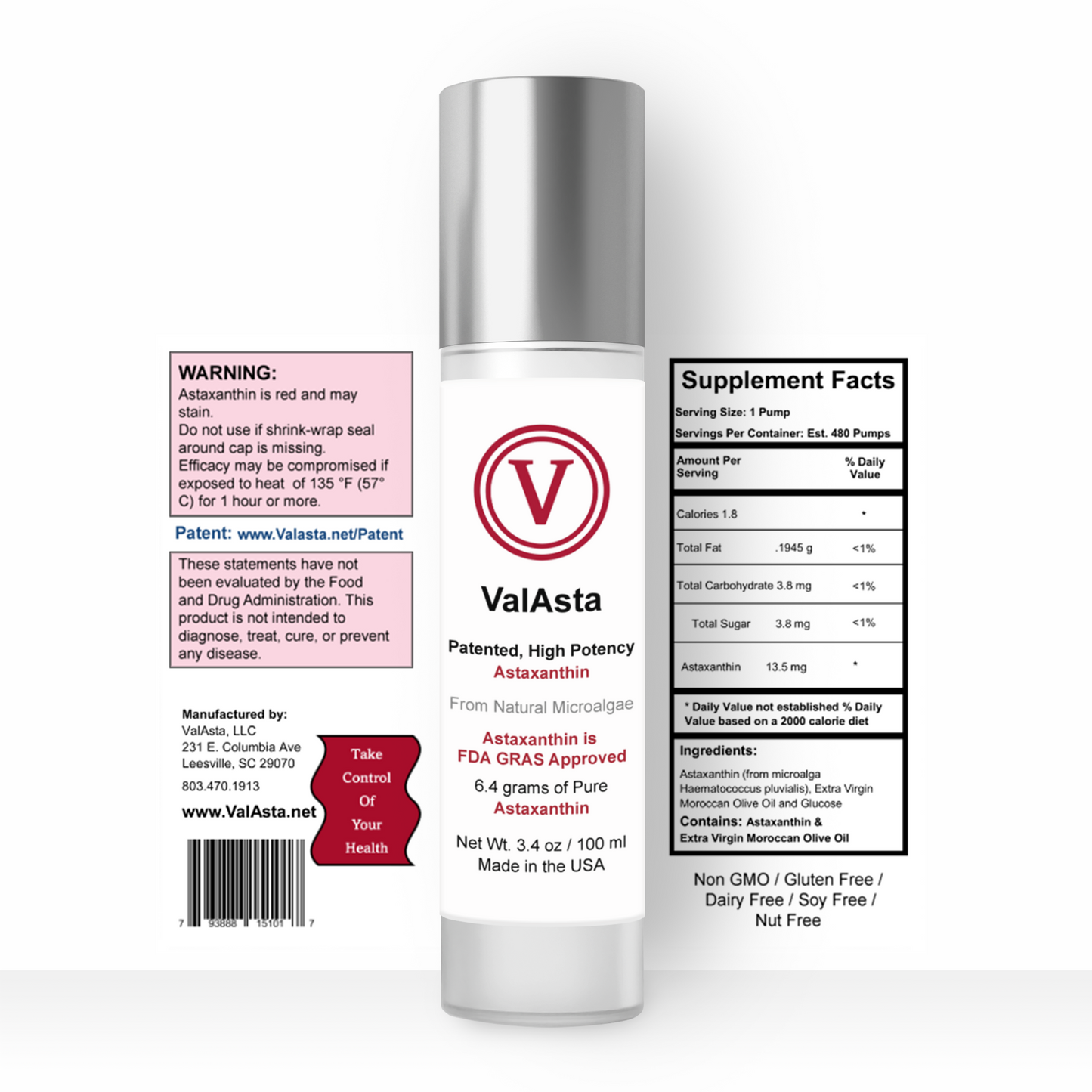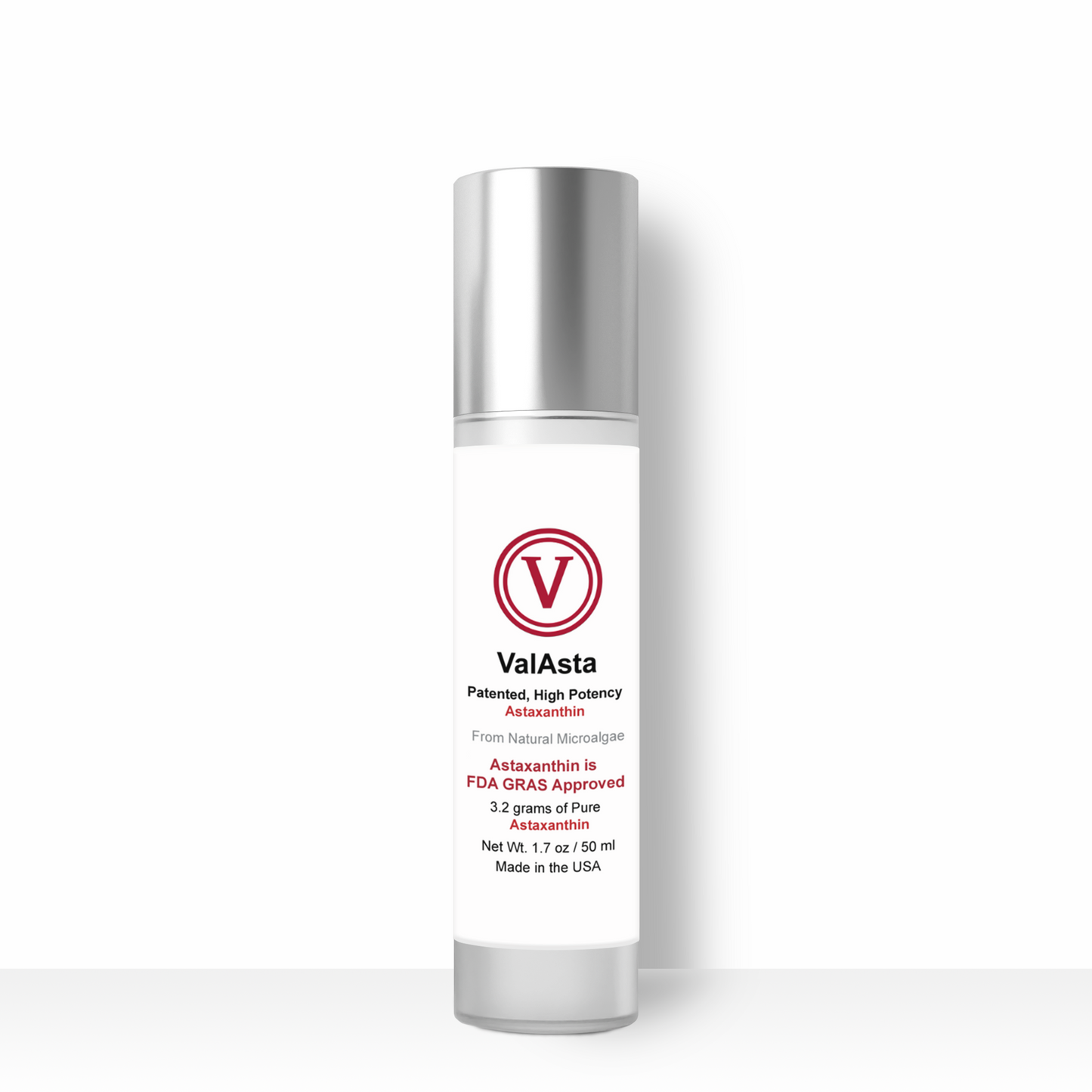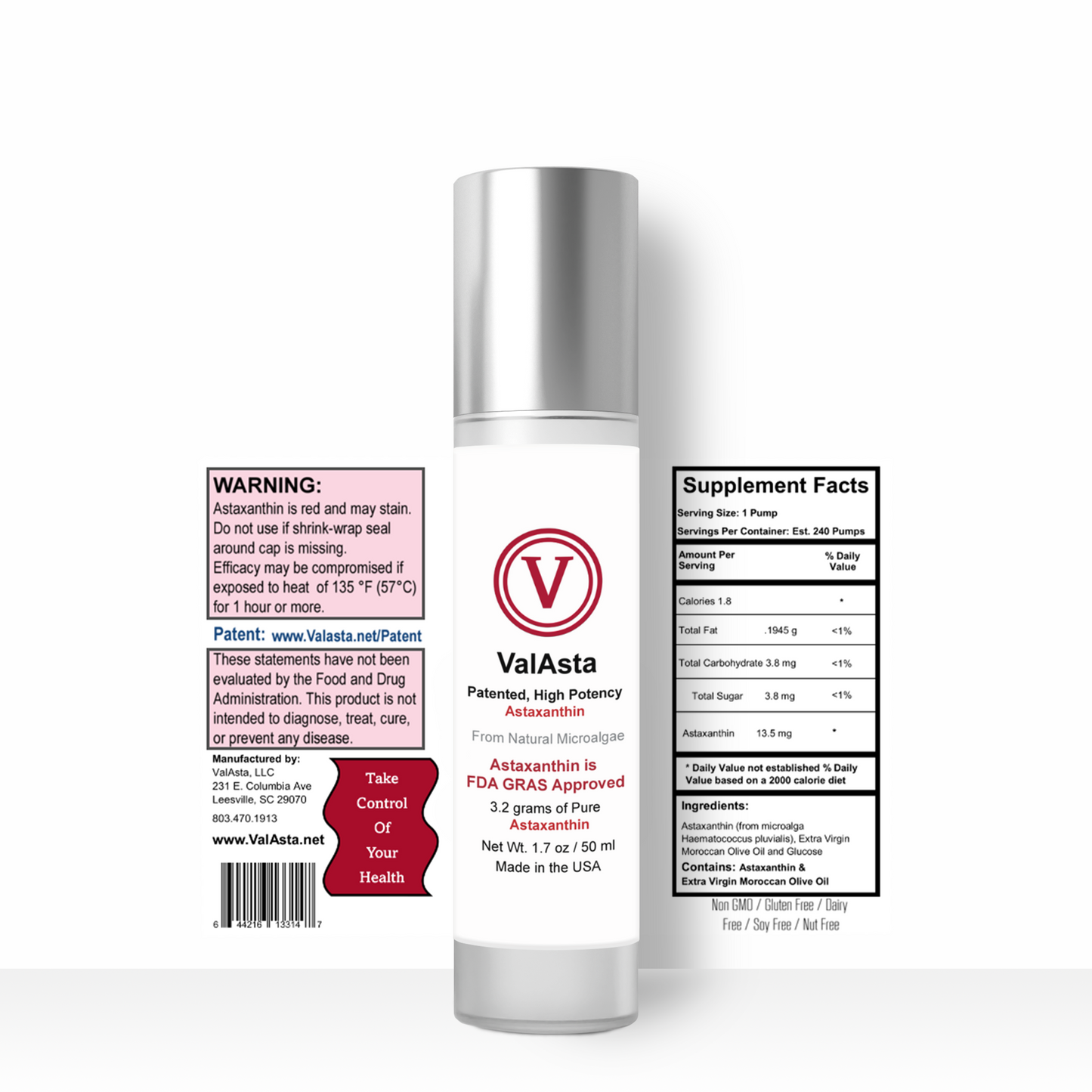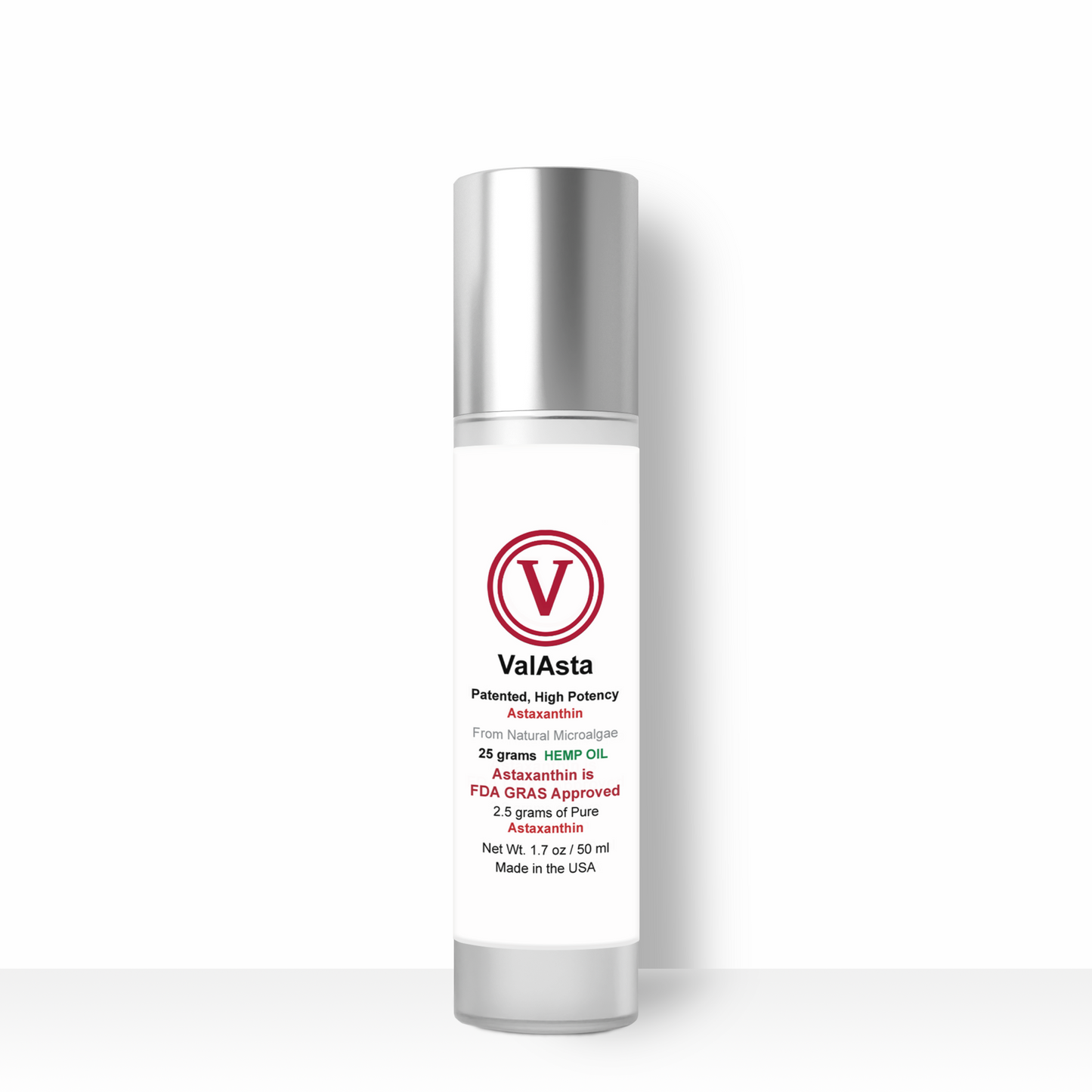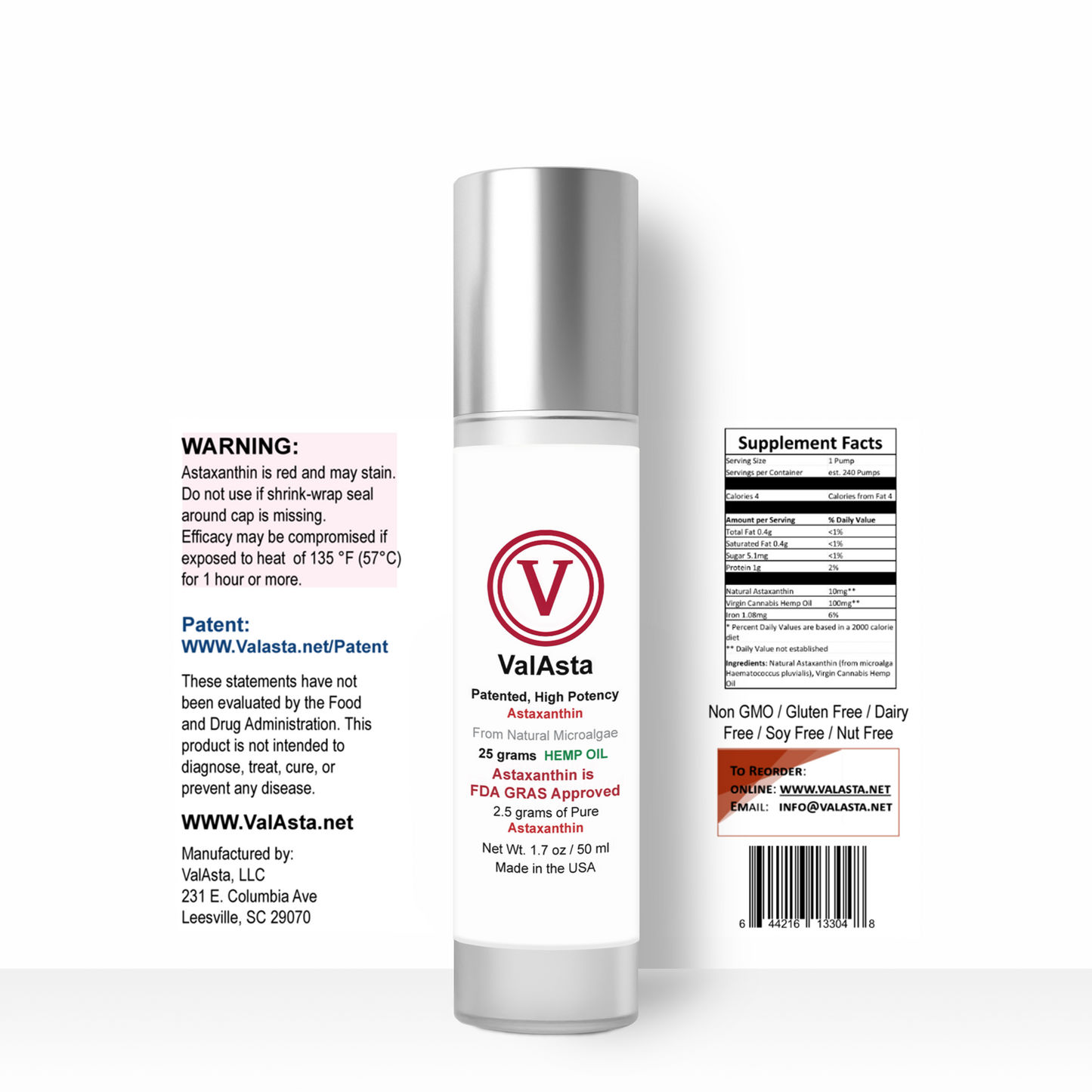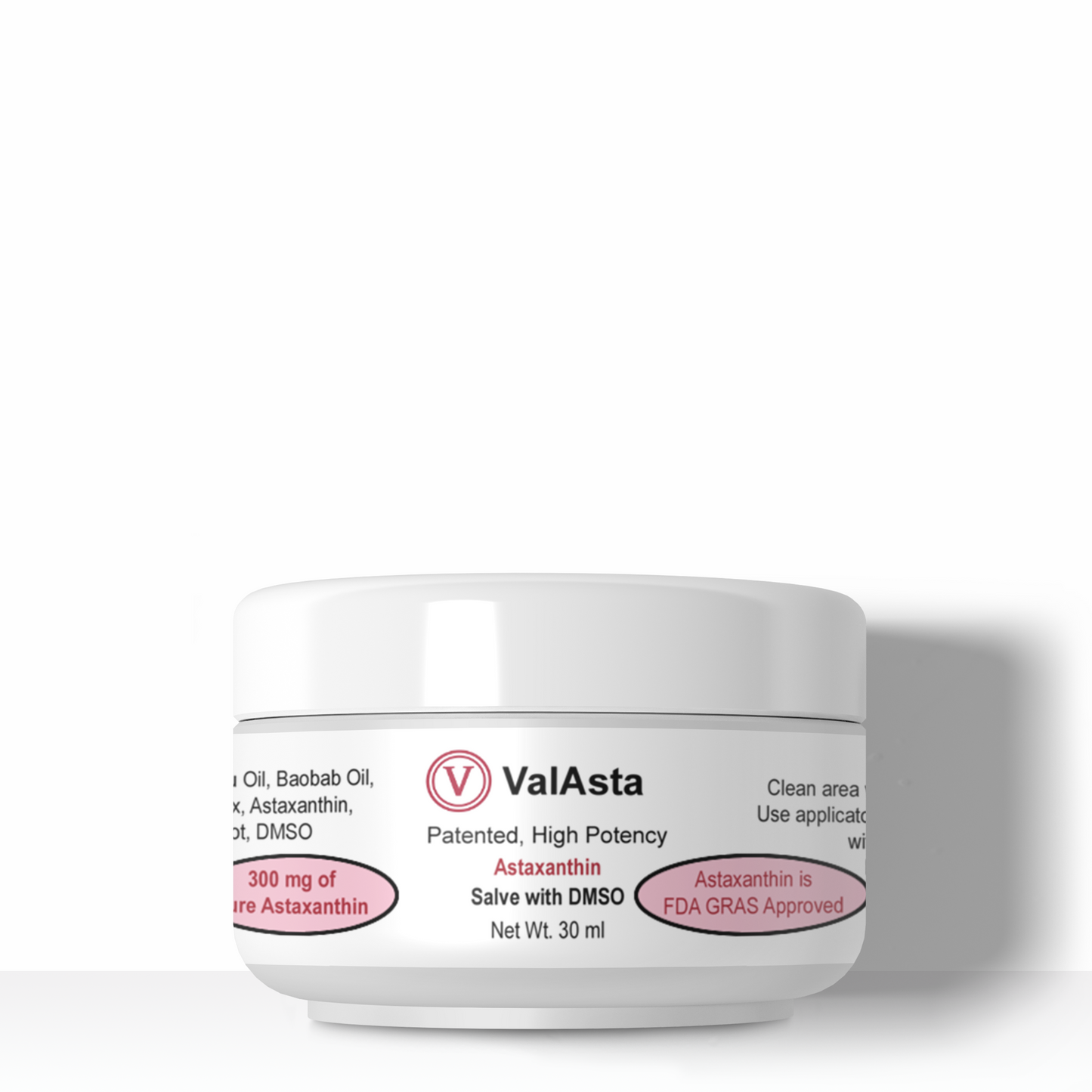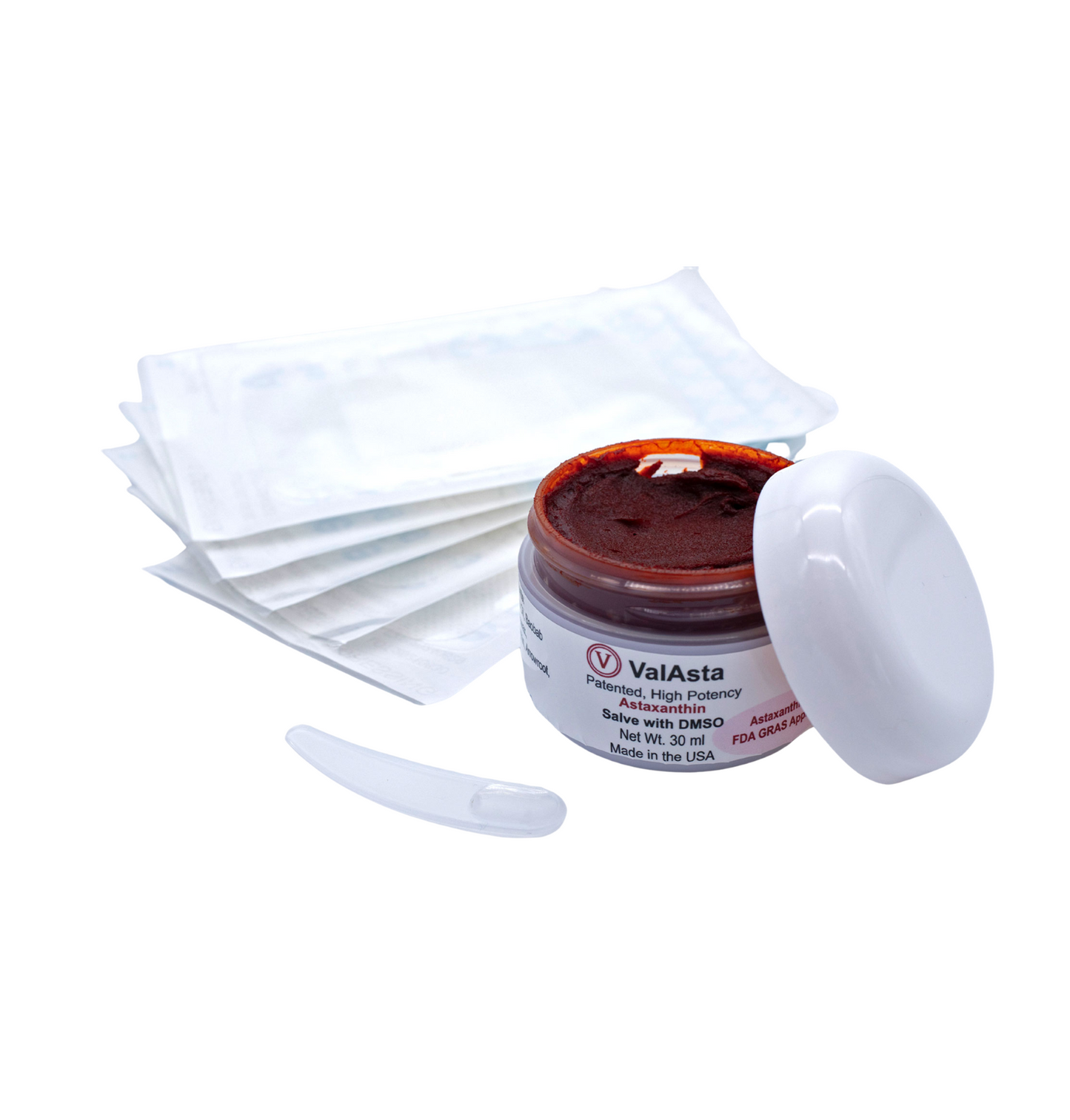
Please review and share with your friends.
This review focuses on researchers who are excited about a series of studies showing that astaxanthin, a natural compound with oxidant-quenching and anti-inflammatory properties, may also play a role in cancer treatment.
Astaxanthin is a xanthophyll carotenoid. It is the vibrant red pigment that gives color to things like salmon, krill, arctic shrimp, and flamingo feathers. Numerous studies in animals have demonstrated the benefits of astaxanthin in eye health, skin health, heart health, liver health, and immune response, and several studies have assessed its safety, bioavailability, and effectiveness on oxidative stress in humans. Research findings from around the world are uncovering the ability of astaxanthin to combat cancer. These studies show that astaxanthin has at least six different mechanisms of action that help combat cancer on multiple fronts.
Six Ways Astaxanthin Defeats Cancer
1. Decreases Cancer Cell Proliferation.
Tumors develop when cancer cells rapidly proliferate, invade, migrate and adhere to healthy tissues and organs. Astaxanthin is capable of decreasing proliferation of malignant cells. In one study, investigators noted a strong association between the presence of astaxanthin and the decreased proliferation of rat liver- and breast-cancer cells, and of mouse lung-cancer cells. It’s interesting to note that a control group of normal human liver cells was barely affected by the presence of astaxanthin. This indicates the ability of astaxanthin to selectively target cancer cells. In another study, when astaxanthin was compared to the three other carotenoids (beta-carotene, capsanthin, and bixin), astaxanthin was found to be the most active in preventing the reproduction of human leukemic cells.
2. Promotes Cell Death.
Programmed cell death, also known as apoptosis, is a healthy process in which the body removes damaged or dysfunctional cells. A hallmark of cancer is its ability to evade apoptosis, which allows cancer cells to survive and reproduce. One potent way to combat cancer is to turn this programmed cell death back on in cancer cells, and astaxanthin appears to do just that. Astaxanthin has been shown to promote apoptosis in several in vitro studies involving cell lines of both oral and liver cancer.
3. Reduces Oxidative Stress.
Oxidative stress promotes by the growth and spread of certain types of cancers.Italian investigators found that astaxanthin stops the production of reactive oxygen species in a human lymphoma cell line.16 Similarly, Chinese investigators noted that astaxanthin stifled the growth of human leukemia cells.
4. Reduces Inflammation.
It is well known that inflammation plays a prominent role in cancer proliferation and survival. Astaxanthin has been found to inhibit the occurrence of inflammatory mucosal ulcers and pockets. This led to the prevention of adenocarcinoma in the colons of mice. In other studies, astaxanthin suppressed the production of inflammation-inducing cytokines, including tumor necrosis factor alpha in human lymphoma cell lines.
5. Prevents the Spread of Cancer.
The spread of cancer to other sites such as organs and bone (metastasis) occurs when cancer cells break away from the original tumor. Enzymes known as matrix metalloproteinases (MMPs) facilitate a step in this complex process, allowing tumor cells to migrate to another organ where new growth takes place. In other words, MMPs may promote tumor growth and progression. Scientists believe that astaxanthin works to prevent the spread of cancer by inhibiting MMPs and modulating pathways related to tumor blood supply, cell proliferation, and cancer formation, progression and invasion. These protective effects have been demonstrated in oral-cancer cell lines from hamsters and in colon- and liver-cancer cell lines from rats.
6. Improves Communication Among Cells.
Individual cells within an organ communicate with each other using gap-junction channels, structures which allow the coordination of metabolism and other critical functions. When there are defects in communication, it opens the door for disorders such as inflammation, cellular damage—and ultimately, cancer. Astaxanthin appears to support and enhance this form of cell-to-cell communication, which means it may be beneficial against a variety of different types of cancer. For example, one investigator found that astaxanthin enhanced gap-junction communication, while noting that previous studies found that this enhanced communication has been shown to inhibit cancer formation and growth.
Recent Studies on the Use of Astaxanthin in Cancer
Prostate Cancer
Astaxanthin also shows promise in combatting one of the most common cancers in men: prostate cancer. In a recent study, investigators inoculated mice with human androgen-independent prostate cancer cells and then gave them either a high dose or a low dose of astaxanthin, or a placebo. After just 31 days, tumor volume in the high-dose astaxanthin group was over 40% smaller than in the control group, and tumor weight was reduced by nearly 40%. High-dose astaxanthin-treated mice also experienced a decrease in a tumor marker and in a marker of cell proliferation, as well as increases in the expression of tumor-suppressor genes. The investigators concluded that the use of astaxanthin may prove beneficial in the treatment of prostate cancer.
Oral Cancer
Investigators in India recently examined the role of astaxanthin in stopping the growth and spread of oral cancer in hamsters. To test this, researchers gave the animals a chemical designed to induce oral cancer, and then gave them either astaxanthin or no treatment. The investigators noted that the signaling pathways involved in the proliferation and spread of oral cancer were significantly inhibited in the cancer group that received astaxanthin. This included reducing the ability of tumor cells to create new blood vessels to fuel its growth (known as angiogenesis). These mechanisms demonstrate a potential value of astaxanthin to help treat oral cancer.
Liver Cancer
As of 2012, liver cancer is the fifth most common cancer and the third most fatal cancer worldwide. Despite modern treatments, liver cancer has a high recurrence rate, which makes finding a new, effective treatment even more critical. Astaxanthin could be a step in that direction. Investigators in China recently studied the use of astaxanthin in vitro in two cell lines of human hepatocellular carcinoma. They used several different concentrations of astaxanthin along with a control drug, dimethyl sulfoxide (DMSO). What they found was that astaxanthin induced a high level of cell death in both cell lines at three of these concentrations, leading investigators to conclude that astaxanthin is potentially useful in combatting this difficult-to-treat tumor.
Colorectal Cancer
As of 2012, colorectal cancer is the third most common cancer in men and the second most common cancer in women worldwide. Three important studies have shown astaxanthin’s ability to combat colorectal cancer. In the first study, investigators found that when they gave astaxanthin to rats with colorectal cancer, it significantly decreased the expressions of proteins consistent with inflammation and colorectal cancer, and significantly increased apoptosis (programmed cell death). In the second study, mice fed dietary astaxanthin experienced a decrease in the growth of cancer cells, and an increase in cell death. And in a third study, astaxanthin inhibited cell growth of two colorectal cancer cell lines over a 72-hour period and caused cell-cycle arrest and cell death. Overall, these studies make it clear that astaxanthin has significant anti-inflammatory and anticancer effects in colorectal cancer.
Lung Cancer
Two promising lung cancer studies have recently shown that astaxanthin can help boost the effectiveness of standard cancer treatments. In the first study, investigators treated human lung-cancer cell lines with either the chemotherapy drug pemetrexed, an astaxanthin solution, or both for 24 hours. The researchers found that combining the two agents (pemetrexed, and astaxanthin) improved cancer cell-killing and inhibited cancer cell growth. In a similar study, when investigators treated two human lung-cancer cell lines with astaxanthin solutions, they noted that astaxanthin reduced the viability of the cancer cells and decreased the production of proteins associated with chemotherapy resistance. Then, when astaxanthin was combined with equal amounts of the anticancer drug mitomycin C, the viability of the cancer cells decreased more than would be expected if either agent had been used separately.
The researchers concluded that not only may astaxanthin be useful on its own, but the combination of mitomycin C chemotherapy with astaxanthin could represent an effective method for improving the cancer cell-killing ability of this conventional treatment.
Summary
At least six possible mechanisms of action have been put forward to explain astaxanthin’s anticancer effects. In addition to its standalone anticancer properties, two studies demonstrated astaxanthin’s role in increasing the effectiveness of cytotoxic chemotherapy. These initial findings offer hope that astaxanthin could play a significant role in combatting some of the most common forms of cancer, including solid tumors and hematologic malignancies like leukemia.Read the original article here.

